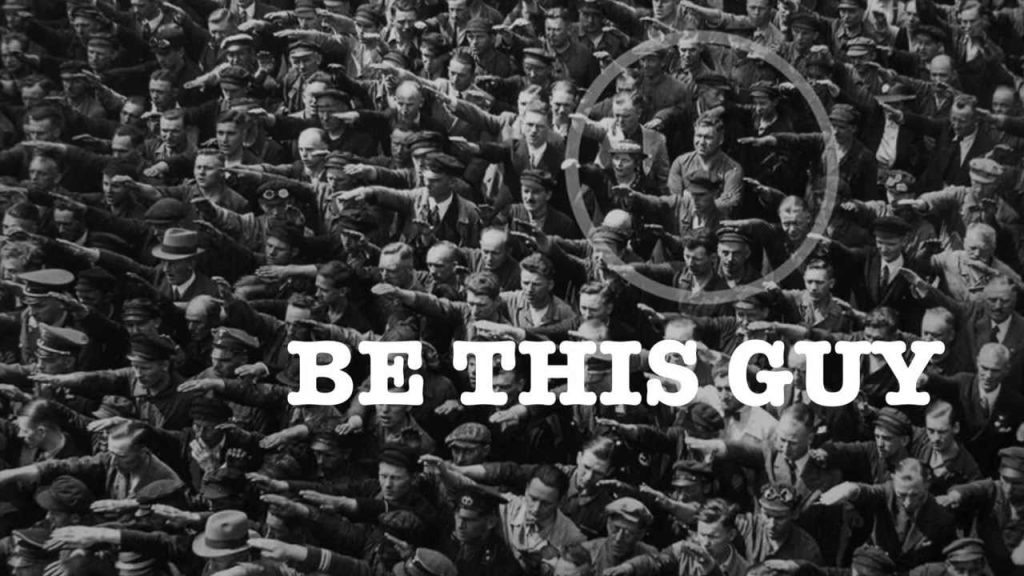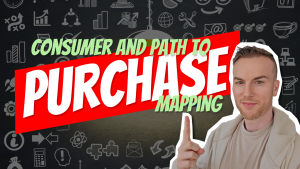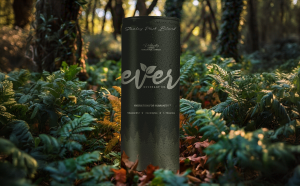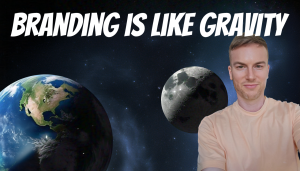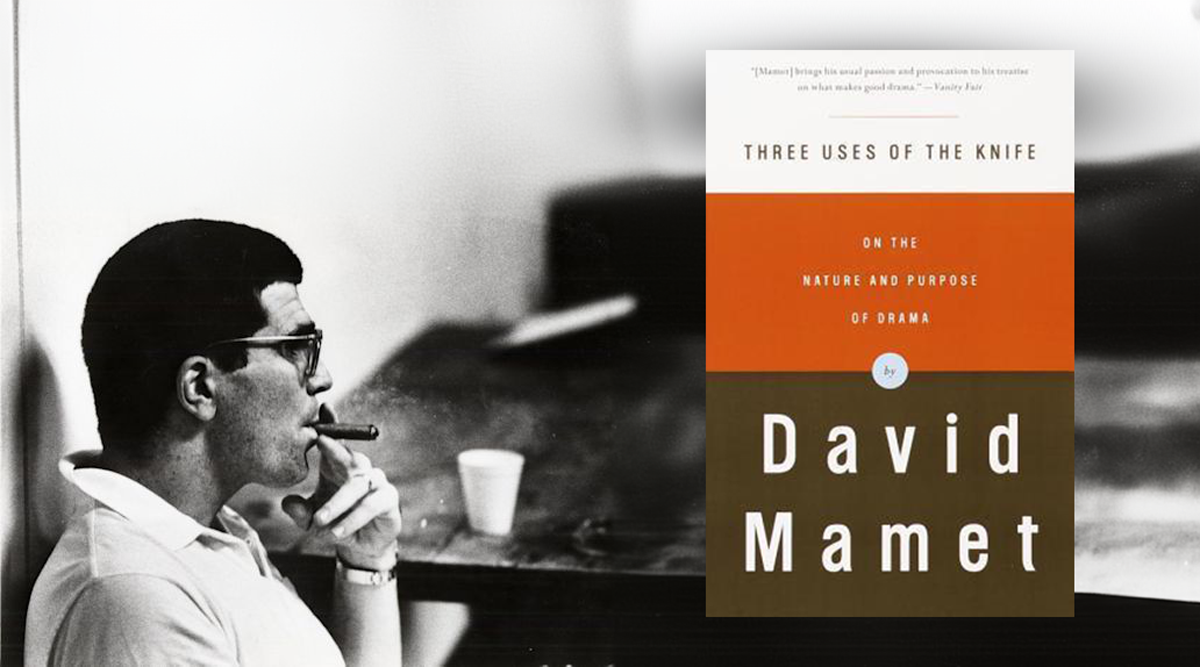
How do you make your brand stand out?
The answer lies in the age-old art of storytelling. Just as a perfect ball game keeps fans on the edge of their seats, a well-told story can captivate your audience, create emotional connections, and ultimately drive action.
The following was taken from the book, Three Uses of the Knife: On the Nature and Purpose of Drama, by David Mamet
What do we wish for in the perfect ballgame? Do we wish for our team to take the field and thrash the opposition from the first moment, rolling up a walkover score at the final gun?
No. We wish for a closely fought match that contains many satisfying reversals, but many of which can be seen retroactively to have always tended toward a satisfying and inevitable conclusion.
We wish, in effect, for a 3 act structure in act.
In Act 1, our team takes the field and, indeed, prevails over its opposition, and we, its partisans, feel pride. But before that pride can mature into arrogance, this new thing occurs. Our team makes an error, the other side is inspired and pushes forward with previously unexpected strength and imagination. Our team weakens and retreats.
In act 2 of this perfect game, our team, shaken and confused forgets the rudiments of cohesion and strategy and address that made them strong. They fall deeper and deeper into a slough of despond. All contrary efforts seem for naught; and just when we think the tide may have turned back their way, a penalty or adverse decision is rendered, nullifying their gains. What could be worse?
But wait: Just when all seems irredeemably lost, help comes (act 3) from an unexpected quarter. A player previously believed second-rate emerges with a block, a run, a throw that offers a glimmer, (a glimmer, mind) of the possibility of victory.
Yes, only a glimmer, but it is sufficient to rouse the team to something approaching its best efforts. And the team, indeed, rallies. Our team brings the score back even and makes the play that would put them ahead, only to have it called back yet again.
By fate, or by its lieutenant, a wrongheaded, ignorant, or malicious official. But see: the lessons of the second act were not lost on our team. This or that one might say it is too late. The clock is too far run down, our heroes are too tired, yet they rouse themselves for one last effort, one last try. And do they prevail? Do they triumph, with scant seconds left on the clock?
They all but triumph. As, in the final seconds of the play, the outcome rests on the lone warrior, that hero, that champion, that person upon whom, in the final moment, all our hope devolve, that final play, run, pass, penalty kick – yes.
But wait: that warrior we have chosen for the task, that champion is injured.
How can we use this structure of storytelling marketing?
One of the ways when thinking about creating a series of video content is to zoom out and think about this ‘Yes! No! But wait!’ arch that pushes and pulls the viewer into the drama. There needs to be drama, some stakes, some emotional investment for which we get enjoyment. Why else would a viewer watch it?
Mamet says that we watch it because, “It is enjoyable, like music, like politics, and like theater, because it exercises, it flatters and informs our capacity for rational synthesis – our ability to learn a lesson, which in our survival mechanism.”

From Attention to Action: The Role of Engagement
Once you have the right people’s attention, the next step is engagement. Engagement is the bridge between attention and action. It’s about creating content that not only captures interest but also holds it—content that compels the viewer to think, feel, and, most importantly, act.
Think about what you want your audience to do after they’ve engaged with your content. Do you want them to make a purchase? Sign up for your newsletter? Follow your social media channels? Whatever the desired action, your content should guide them towards that outcome. This is where clear calls to action (CTAs), persuasive messaging, and a seamless user experience come into play.
Effective Attention: The Path to Brand Loyalty
Attention that leads to action is not just effective; it’s transformative. When you capture the right attention and drive meaningful engagement, you’re not just making a sale or gaining a follower—you’re building a relationship. This relationship, when nurtured, can turn a one-time customer into a loyal brand advocate.
Brand recall, trust, mindshare, affinity, and desire are all outcomes of sustained, effective attention. These elements are crucial in today’s competitive landscape, where consumers are bombarded with choices and messages at every turn. To rise above the noise, your brand needs to be memorable, trustworthy, and desirable—and that starts with capturing the right attention and guiding it towards meaningful action.
Beyond Attention—Towards Strategic Engagement
Seth Godin’s quote is a great starting point, but, we need to think beyond attention. Attention is the spark, but what you do with it determines whether your marketing efforts will truly succeed. By focusing on capturing the right audience’s attention and guiding them towards action, you can build a strong, loyal customer base that not only knows your brand but loves it.
In the end, marketing isn’t just a contest for people’s attention; it’s a contest for the right attention, followed by the right actions, leading to the right results. That’s the true power of strategic marketing


Continue reading:
If You’re Not Disrupting, You’re Standing Still
- Related post: The T-Shirt Theory of Branding
- Related post: The Power of Branding: John’s Family Premium Organic Garlic
- Related post: Why You Don’t Want to Run a Business that Relies Solely on Ads

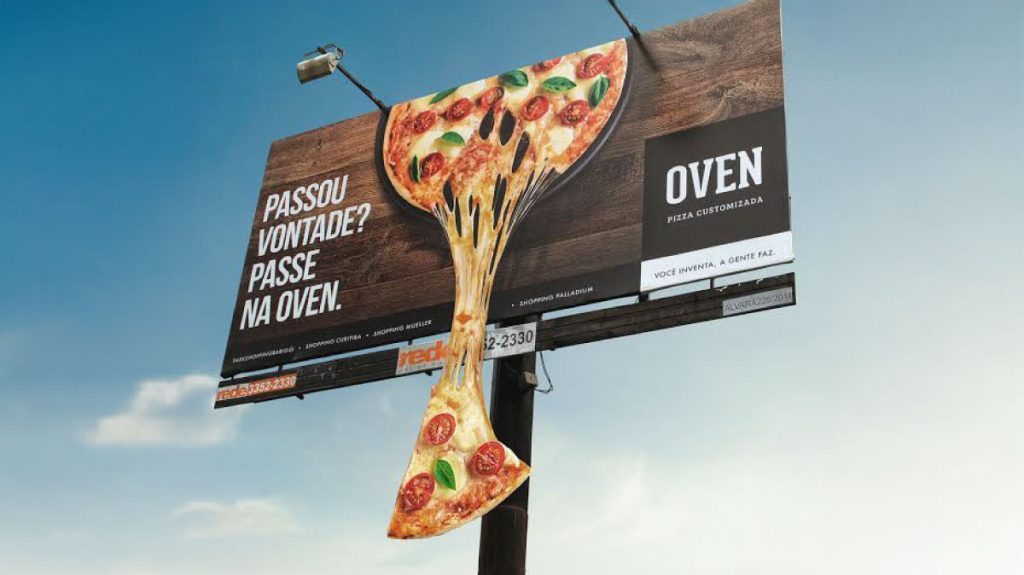
Continue reading: What’s the ROI of a Billboard

